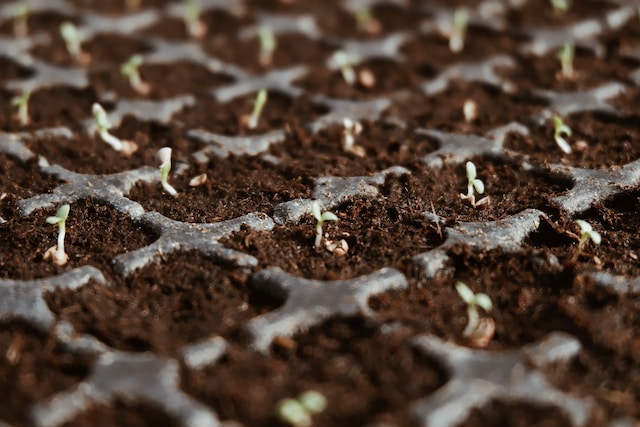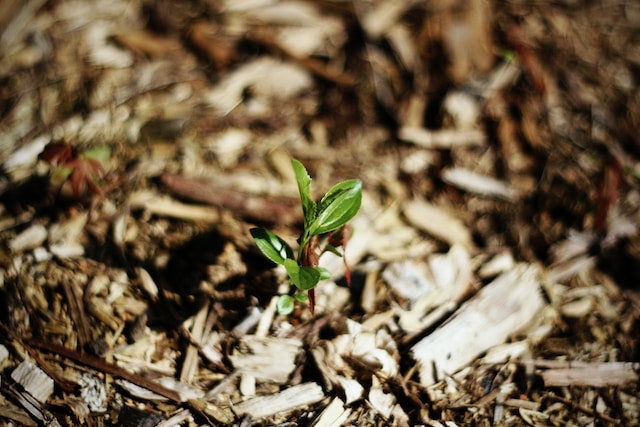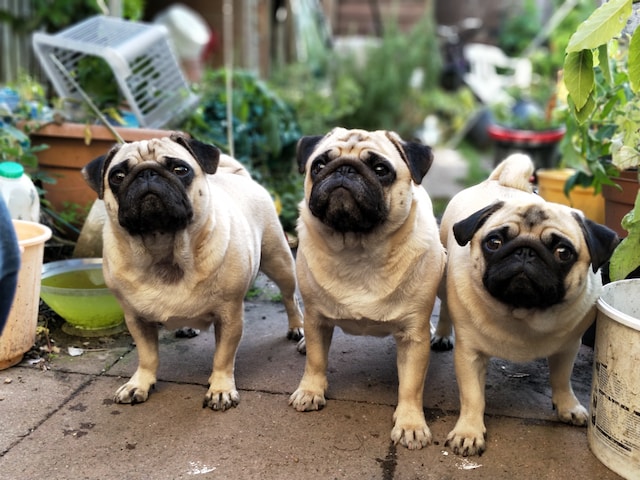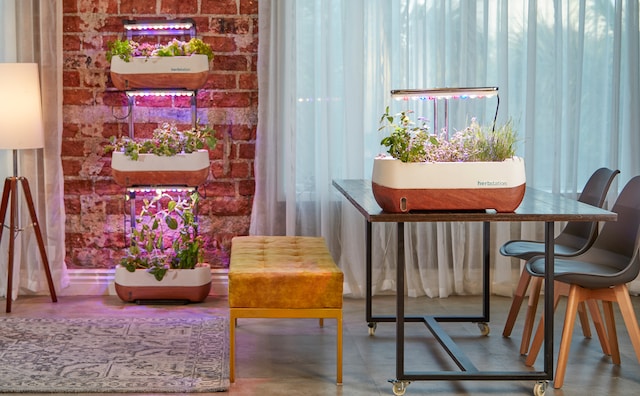Seed-saving is the practice of intentionally collecting and preserving seeds from plants grown in a garden or farm for future planting and propagation. It involves deliberately selecting, harvesting, and storing seeds from mature, healthy plants to ensure the continuation of specific plant varieties. Why Care About Seed-Saving? Seed saving holds immense significance in the realm…
Low-Cost Mulching Options for Weed Control and Soil Health
Mulching is a key part of gardening. Mulching offers soil improvement which makes everything in your garden grow better. It is also one of the most versatile and cost-effective solutions for curbing weed growth in a garden. This guide explores the significance of mulching, its broader benefits, and various low-cost mulching options for reaping the benefits…
Garden Designs I Want to Learn More About
I enjoy exploring different approaches to garden design. There are so many styles that evoke so many different feelings when you’re amidst them. Although I know a little bit about a few styles, there are many others I hope to learn more about in the weeks, months, and years to come. 3 Garden Designs I’ve…
Sometimes It’s Nice to Visit Someone Else’s Garden
This past week, my partner and I stayed at an Airbnb with a beautiful backyard garden. We chose it because it was dog friendly and our dogs were the entire reason that we were going there. But, of course, the garden itself was a nice added bonus. And I realized while I was there that…
Could My Dogs Save Me Money in The Garden?
I’m casually looking to move into a new place where I would have more of a yard. This means that I would have more space for plant life. It also means that my dogs would have a place to romp around. However, those two things would be shared. For the most part, I assume that…
Electroculture Gardening: Innovative Techniques for Enhancing Plant Growth
I don’t know exactly what I thought of upon hearing the term “electroculture gardening.” Nevertheless, it excited me. It has hints of raves and EDM, parties in deserts and forests, and a celebration of nature as culture. It’s something more technological – the application of electricity to create plant growth. It’s an interesting thing to…
10 Steps to Learning to Garden Meditate
Gardening was never my forte. Honestly, I proudly wore the label of a “brown thumb” for most of my life. I’d often cringe at the thought of tending to plants, certain I’d unintentionally send them to an early demise. Little did I know that my journey from reluctant gardener to someone who finds solace in…
The Gardener’s Brain
As you stand amidst the lush, vibrant foliage of a garden, your busy mind settles into the soothing rhythm of the natural world. The rumination stops. You notice the gentle rustling of leaves, the cheerful chorus of birdsong, and the earthy aroma of freshly turned soil. It’s in these still moments that you realize there’s…
Substack Gardening: Must-Read Newsletters If You Love Nature
I recently shared with you how much I was loving Lia’s Living Almanac. It’s a Substack newsletter related to plants and gardening. However, it’s not the only one that I subscribe to. Substack has many different gardening and nature newsletters that you might want to check out. Therefore, I wanted to share some more of…
Shopping for Grow Lights? Learn the Optimal Number of Lumens Required for Your Plants.
If you’re venturing into the realm of indoor gardening, one essential tool you’ll need to master is the grow light. These artificial light sources mimic the sun’s rays, providing the energy necessary for plants to thrive. However, choosing the best grow lights for plants can be a daunting task. After all, there are a large…









